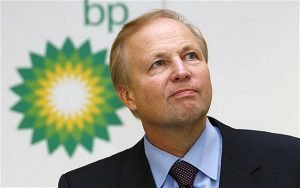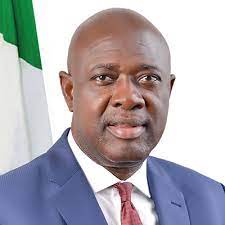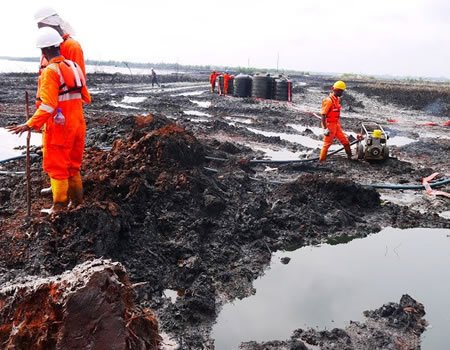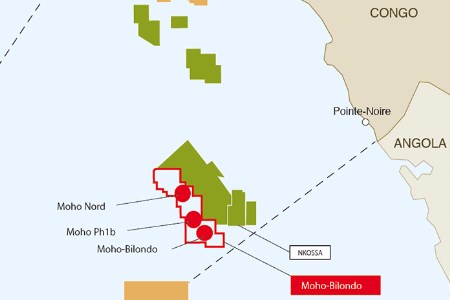
22 May 2018, London – After the near collapse of his company following the 2010 Gulf of Mexico disaster and a three-year slump in oil prices, BP Chief Executive Officer Bob Dudley is hardly relaxed.
“It doesn’t feel like we are in a serene time for any energy company,” Dudley told Reuters in an interview.
BP is stronger today than at any other time since the 2010 Deepwater Horizon rig accident.
With oil prices at their highest since late 2014 and BP shares back to levels not seen in more than 8 years, it is once again in a position to contemplate boosting dividends and acquiring, Dudley said.
Sitting in his office in BP’s central London headquarters in St James Square, Dudley, 62, said he intends to carry on leading the company into 2020 and navigate it through a phase of expansion and new uncertainty following a tumultuous eight years at the helm.
The oil and gas sector is looking to retain its relevance as economies battle climate change by weaning themselves from their dependence on fossil fuels, a major source of greenhouse gas emissions.
For BP, it is a two-speed race.
The 110-year old company is undergoing its fastest growth in recent history with new oil and gas fields from Egypt and Oman to the U.S. Gulf of Mexico, riding a tide of higher oil prices following the 2014 downturn.
It is gradually paying off more than $65 billion in penalties and clean-up costs for the Deepwater Horizon accident which left 10 employees dead.
Regarding the danger of the company going bankrupt at the time, Dudley said: “The worst moment was when I heard that our debt was untradable back in the summer of 2010… To me that was a moment of the unthinkable was possible.”
Dudley says he no longer sees BP as an acquisition target after facing years of speculation it could be bought out.
The company is focused on increasing production and cash flow while reducing its large debt pile, after which it will consider boosting shareholder returns such as dividends although “we’re not at that point yet”, Dudley said.
Longer-term challenges also loom.
Investors are increasingly pressing energy companies to find ways to adapt to the energy transition, and Dudley is looking to strike a balance between reducing a large carbon footprint while securing revenue.
“This is the great dual challenge that the industry and BP faces: how to supply the world’s energy on multiple fronts of growing population and doing it with less emissions,” said Dudley, who was appointed to the helm of BP months after the April 2010 spill.
BP, like rivals such as Royal Dutch Shell, is betting on natural gas, the least polluting hydrocarbon, to sustain an expected surge in demand for electricity as economies grow and transportation is electrified.
Gas is also playing a key role as a back-up to renewable energy such as wind and solar in power generation.
To that end, BP is expanding its gas production through new projects in Oman, Egypt and Trinidad and Tobago.
Gas already accounts for over 55 percent of its production.
“I am optimistic about the climate change if you can combine renewables wind and solar and natural gas. To me that’s part of the big answer,” Dudley said in an interview with Reuters.
In the early 2000s BP introduced the slogan “Beyond Petroleum” and adopted a sunburst logo after launching an $8 billion expansion into renewables. The company was forced to write off its solar business 10 years later, but still retains a large U.S. onshore wind business and biofuels plants.
Now, Dudley is taking a cautious approach, investing in smaller start-up companies in renewables, clean fuels and battery charging docks.
“We have to go slow and pick the right low carbon fuels,” he said. BP “will be a broad-based company that supplies all forms of energy that are needed that can be done economically.”
The company will invest $500 million per year in low-carbon energy and technology in the coming years out of a total spending of $15 to $17 billion, a range which Dudley said the company could stay within.
“If a shareholder or someone else came to BP tomorrow and said here is $10 billion to invest in low carbon energies for us, we would not know how to do that yet.”
BP is also expanding its vast global network of petrol stations and investing in convenience stores and charging spots, hoping to retain its dominant brand as electric vehicles become more popular.
“I’m not worried about BP in this area. The most strategic thing we can do is to get our balance sheet strong so that when we have the firepower we can do anything in these areas.”



